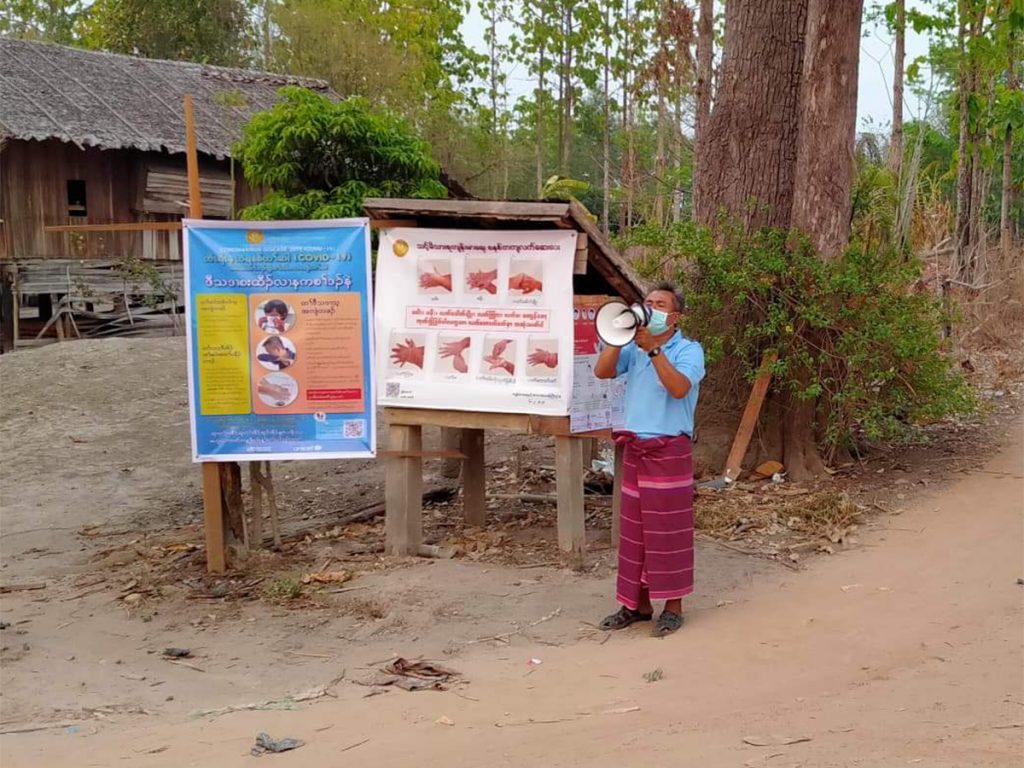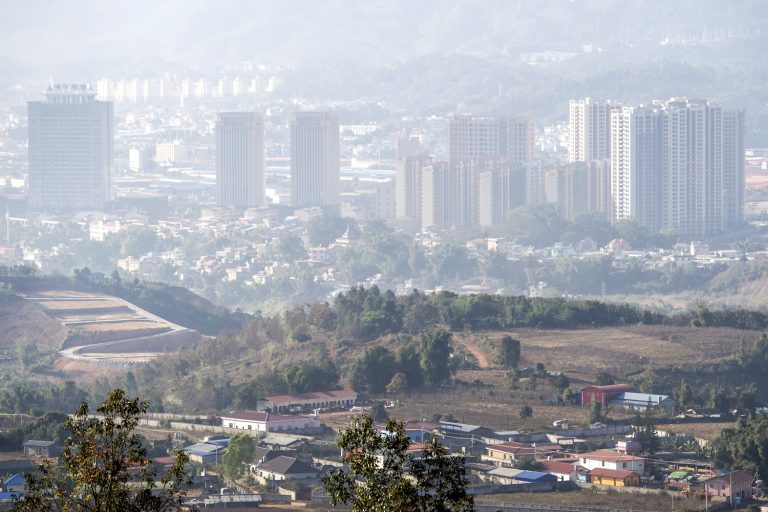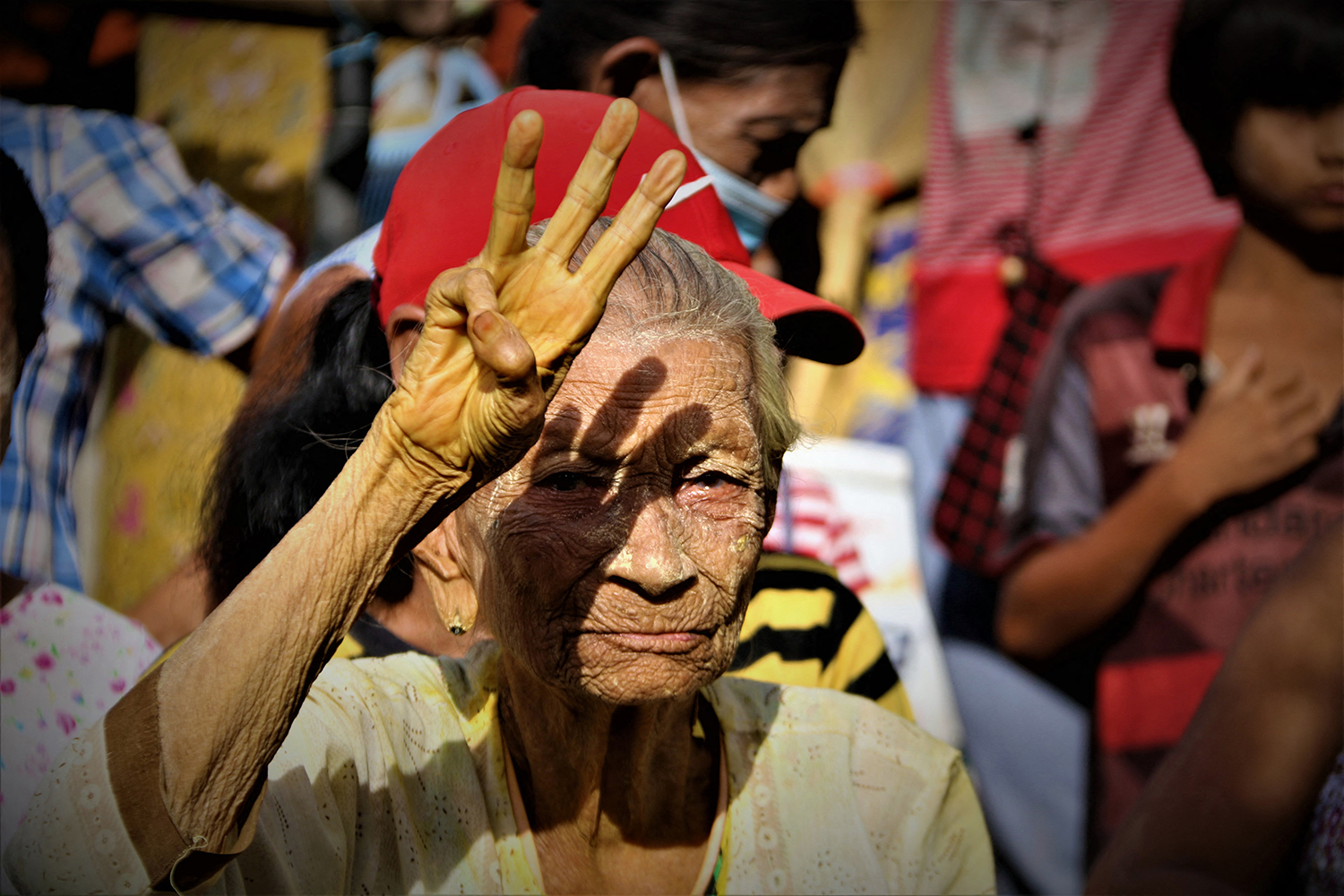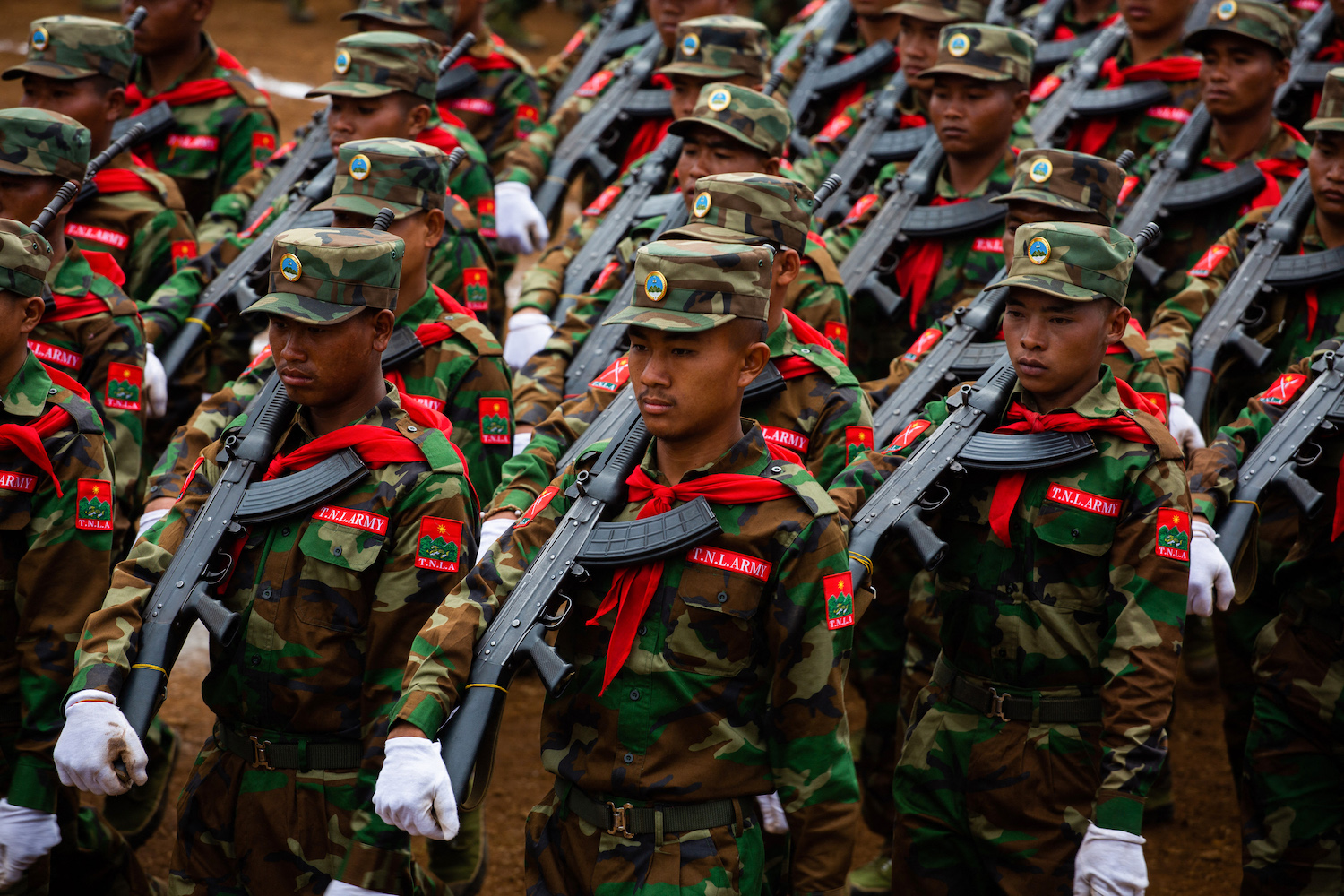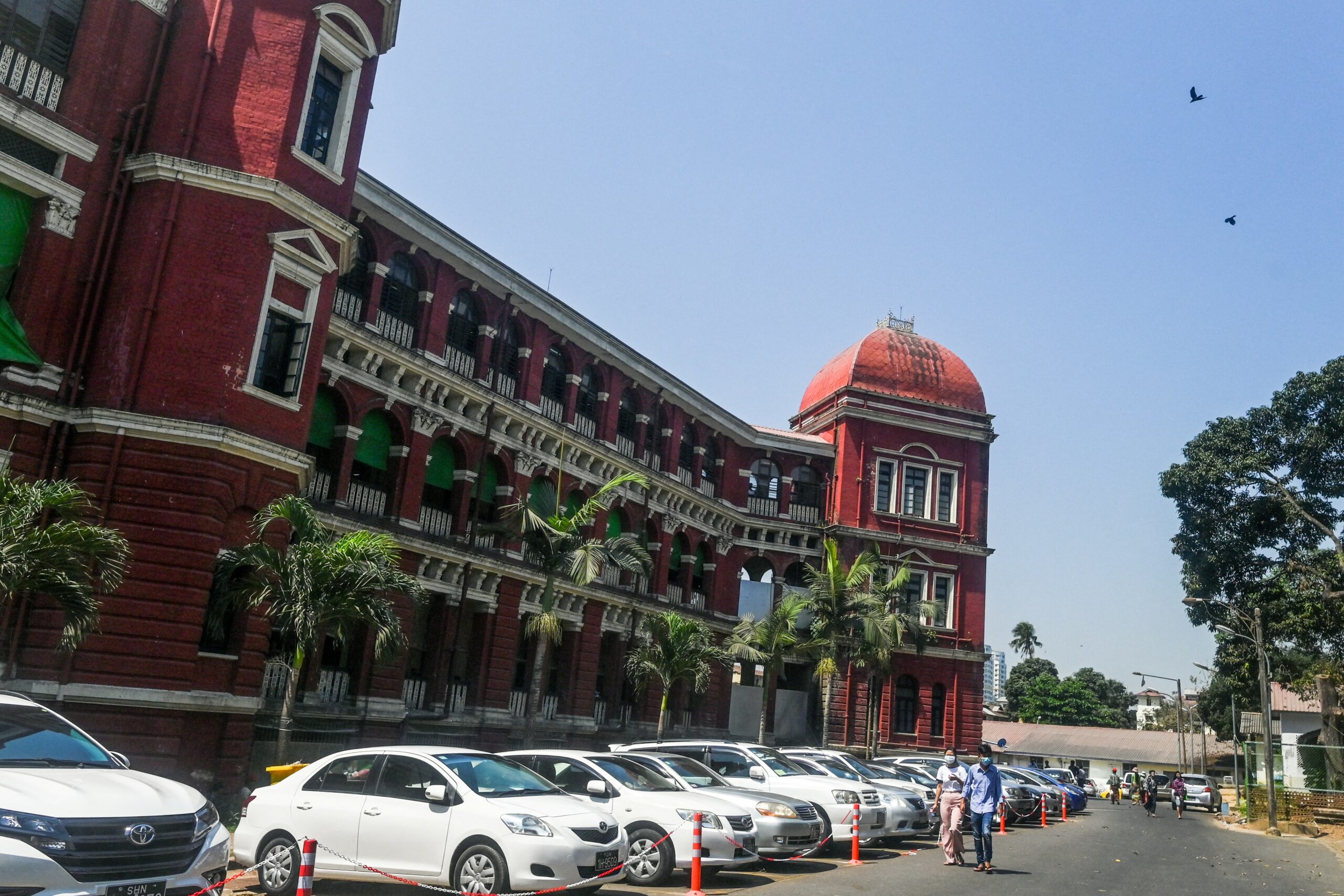If government and ethnic health systems work together to address the pandemic, Myanmar could emerge safer, stronger and more cohesive.
By TOM TRAILL & DR SI THURA | FRONTIER
The COVID-19 pandemic has the potential to unite as well as divide countries. It can bring together ethnicities, social classes and geographical regions in a shared effort to defend communities, but it can also deepen divisions – either through discrimination and the scapegoating of specific groups, or the further exclusion and impoverishment of the economically marginalised.
Prior to COVID-19, Myanmar’s peace process had stalled: there was little trust remaining between the government and ethnic armed groups, including Nationwide Ceasefire Agreement signatories.
But if the government and ethnic armed groups can work together to fight COVID-19, the country has the opportunity to come out of this pandemic stronger and more cohesive.
The recent creation of a new government committee to coordinate with ethnic armed groups on the COVID-19 response gives some reason for optimism.
All involved, from donor countries to health workers, politicians and combatants, should seize this possibility to eradicate COVID-19, and strengthen the foundations for lasting and equitable peace.
Myanmar cannot be successful in tackling the pandemic unless all ethnic and religious communities cooperate. Isolated successes will not be enough: the virus cannot be defeated in Shan State but left to spread in Mandalay, or controlled in Kayin State but not in Mon. It must be pushed back across the entire country.
This includes areas that are outside government control. In this regard, the health departments of ethnic armed groups – known as ethnic health organisations, or EHOs – are indispensable partners for the government.
The government will need to support the ability of EHOs to test and treat, and EHOs will need to work with the government to refer severe cases and share disease surveillance information.
Such coordination has precedent. As drug-resistant malaria began to spread on the Thai-Myanmar border in the late 2000s, NGOs like Community Partners International helped EHOs cooperate with the national malaria programme. The results have been significant. Today in southeastern Myanmar, EHOs working with the government and NGOs have helped to decrease the incidence of malaria by 85 percent since 2012 and reported deaths by 95pc. There have been similar positive steps towards cooperation on immunisation programmes in Kayin State.
Cooperation so far on the response to COVID-19 has been minimal, however. Testing swabs have only been taken by government staff and examined in government laboratories, while discussions and resource planning in Nay Pyi Taw have focused on the needs and possible responses of government hospitals and clinics. So far no resources have been sent from Nay Pyi Taw to EHOs.
If anything, the greater scrutiny the government has put on the activities of ethnic armed groups, who are being pressured to reduce movement and close border crossings that they control, has led to a reduction in cooperation between government and ethnic health departments. EHOs that had cooperated in state level programme and emergency planning meetings for years have not been invited to COVID-19 response meetings. More recently, the military has been accused of destroying COVID-19 screening gates operated by the Karen National Union . As a result, discussion within ethnic armed groups in border areas has focused on how to deal with the pandemic without government help.
But the creation of the new committee for liaising with ethnic armed groups and the health ministry’s latest contingency plan for responding to COVID-19 suggest this may be changing.
On April 27, the President’s Office ordered the establishment of a committee led by Dr Tin Myo Win, the vice chair of the National Reconciliation and Peace Centre, to work with ethnic armed groups to prevent, control and treat the virus. In the latest contingency plan, the government refers to a “whole-of-society unified response” in which close cooperation with EHOs and strengthening their capacity are explicitly prioritised.
These developments suggest good intentions, but they remain untested.
This proposed coordination and cooperation need to be made a priority so that inclusive words become meaningful, substantive change on the ground.
Communication channels must be opened and referral pathways created from EHOs to government facilities. EHO clinics will need personal protective equipment, as well as the skills, equipment and supplies to treat mild cases.
In the longer term, the work done today to strengthen ethnic health systems and connect them to those of the government could form the basis for formalised cooperation between ethnic armed groups and the government. These bonds could extend even beyond health in the post COVID-19 era, and provide a much-needed boost to the struggling peace process.
The threat posed by the pandemic is immediate. The government and ethnic armed groups must find a way to work together to keep communities, and the entire country, safe from COVID-19. But the impact of the choices made today will extend well into the future.
Tom Traill is the lead health economist and Si Thura is the executive director for Community Partners International. CPI is an international non-profit organisation that supports conflict-affected, hard-to-reach and under-served communities in Myanmar to meet their essential health, humanitarian and development needs.


